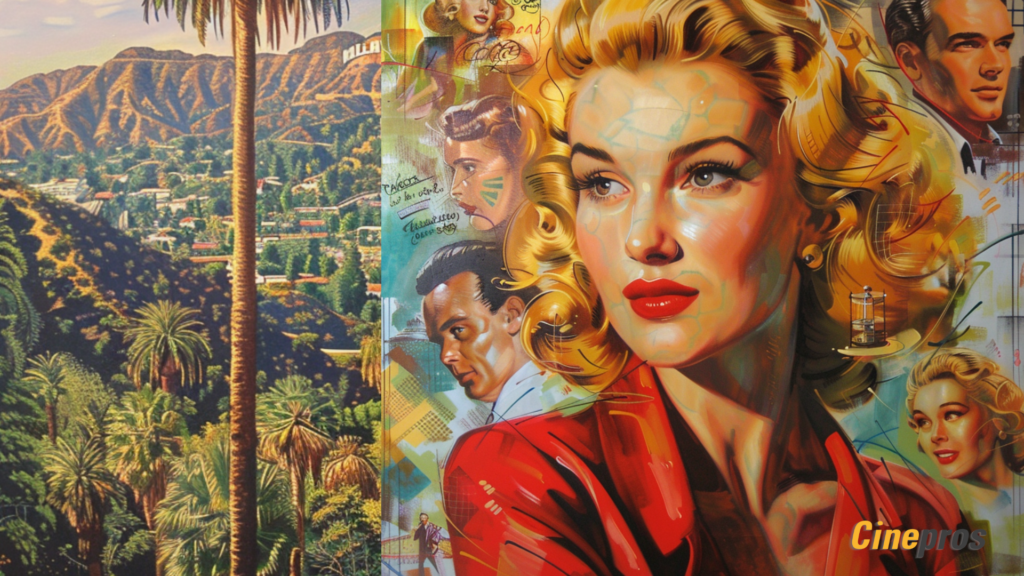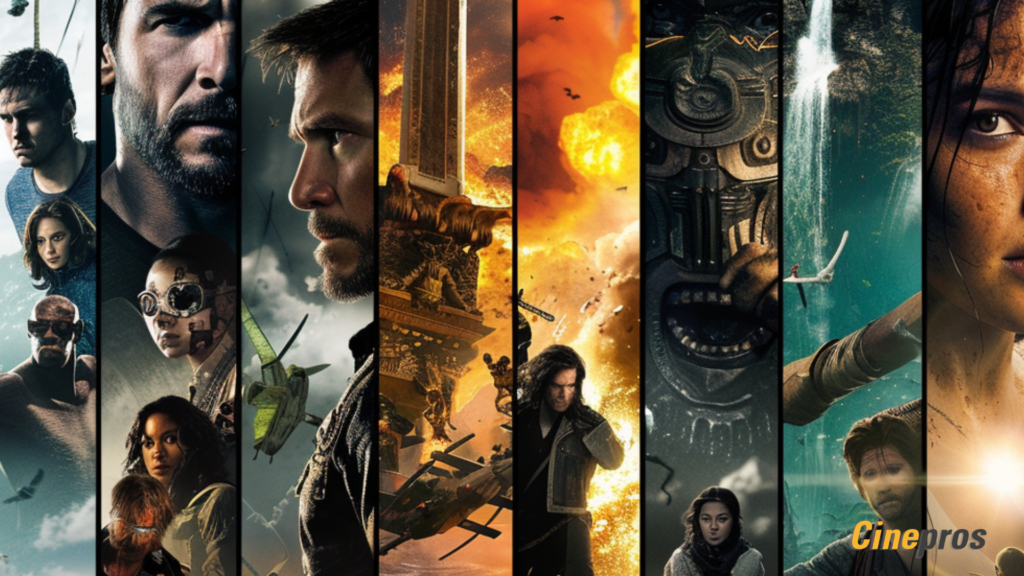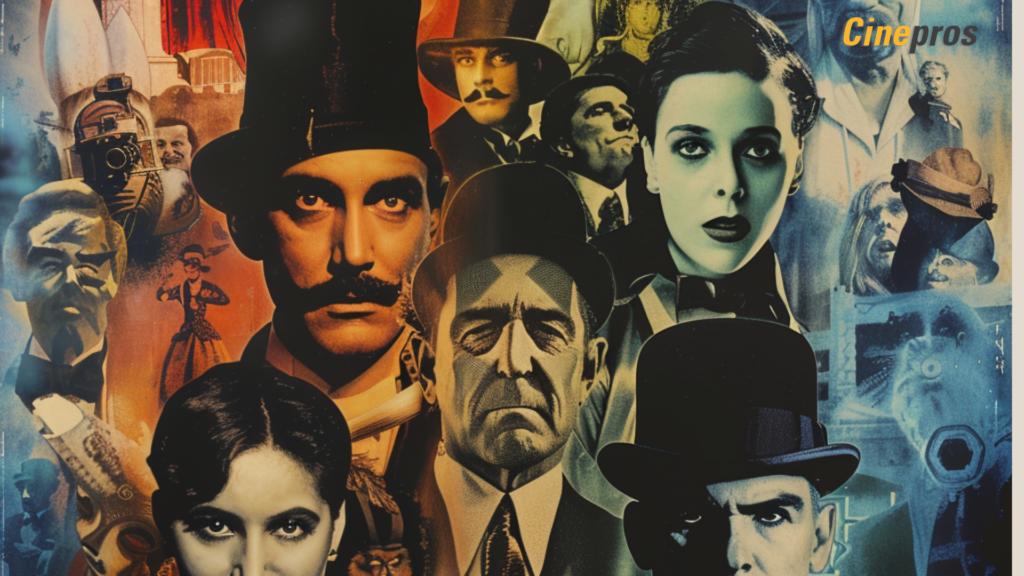The Silent Film Era: Intertitles
In the early 20th century, during the silent film era, filmmakers used intertitles to convey dialogue and narrative information. These were text cards inserted between scenes, providing context or translating spoken language into text for the audience. A famous example is The Birth of a Nation (1915), where intertitles played a crucial role in storytelling, guiding the audience through complex plotlines.The Advent of Sound: Subtitles and Dubbing
The transition to “talkies” in the late 1920s revolutionized cinema, but it also introduced a new challenge: how to make films accessible to non-native speakers. Initially, dubbing was the preferred method, where the original dialogue was replaced with the translated version. However, dubbing was expensive and often failed to capture the actors’ original performances accurately. Subtitles offered a more practical solution. One of the earliest examples of subtitling is the 1930 German film Der blaue Engel (The Blue Angel), which was subtitled in multiple languages to reach a broader audience. This marked the beginning of subtitling as a standard practice in the film industry.
The Golden Age of Hollywood: Multilingual Subtitling
During the Golden Age of Hollywood (1930s-1950s), the demand for subtitles grew as American films gained international popularity. Studios began producing subtitles in several languages for their major releases. For instance, Gone with the Wind (1939) was subtitled in over 10 languages, making it accessible to audiences worldwide.
The VHS and DVD Era: Standardization and Quality Control
The introduction of VHS tapes in the 1970s and DVDs in the 1990s brought films into people’s homes, increasing the demand for high-quality subtitles. This era saw significant advancements in subtitling technology and standardization. The use of digital tools allowed for more precise timing and formatting, improving the viewing experience.
A notable example from this period is the Star Wars trilogy. When it was released on VHS and later on DVD, subtitles were meticulously crafted to ensure they matched the timing and pace of the dialogue, enhancing accessibility without distracting from the visual spectacle.

The Digital Age: Streaming and Beyond
The rise of digital streaming platforms in the 21st century, such as Netflix, Amazon Prime, and Disney+, has transformed subtitling yet again. These platforms cater to a global audience, requiring subtitles in dozens of languages for each piece of content. This demand has led to innovations in subtitling software and workflows, including the use of AI to generate preliminary subtitles, which are then refined by human translators.
Netflix’s hit series Stranger Things exemplifies the complexity of modern subtitling. Available in over 20 languages, the subtitles not only translate dialogue but also capture the show’s 1980s cultural references and nuances, making it accessible to a global audience while preserving its nostalgic charm.
Challenges and Innovations
Despite technological advancements, subtitling still faces challenges. Capturing cultural nuances, idiomatic expressions, and humor requires a deep understanding of both the source and target languages. Moreover, the rise of AI-generated subtitles has introduced quality control issues, as automated systems often miss the subtleties that human translators excel at.
Innovations like real-time subtitling for live events and interactive subtitles that allow viewers to click on words for translations or additional context are pushing the boundaries of what’s possible. For example, during the 2020 Tokyo Olympics, real-time subtitling technology was used to provide multilingual coverage, demonstrating the potential for future applications.

The Importance of Professional Subtitling
As media consumption continues to globalize, the role of professional subtitling becomes ever more critical. Poor-quality subtitles can lead to misunderstandings, cultural insensitivity, and a diminished viewing experience. Conversely, high-quality subtitling enhances accessibility, inclusivity, and enjoyment for audiences worldwide.
As we look to the future, the balance between human expertise and technological innovation will be key to ensuring that subtitles continue to bridge linguistic and cultural divides, enriching the global storytelling landscape.
At Cinepros, we understand the crucial role that professional subtitling plays in today’s media landscape. Whether you’re a filmmaker, producer, or distributor, our team of experts is ready to help with any upcoming project, ensuring your content reaches and resonates with a global audience. Contact us today to learn how we can assist you in achieving high-quality, accurate, and culturally sensitive subtitles for your next venture.



